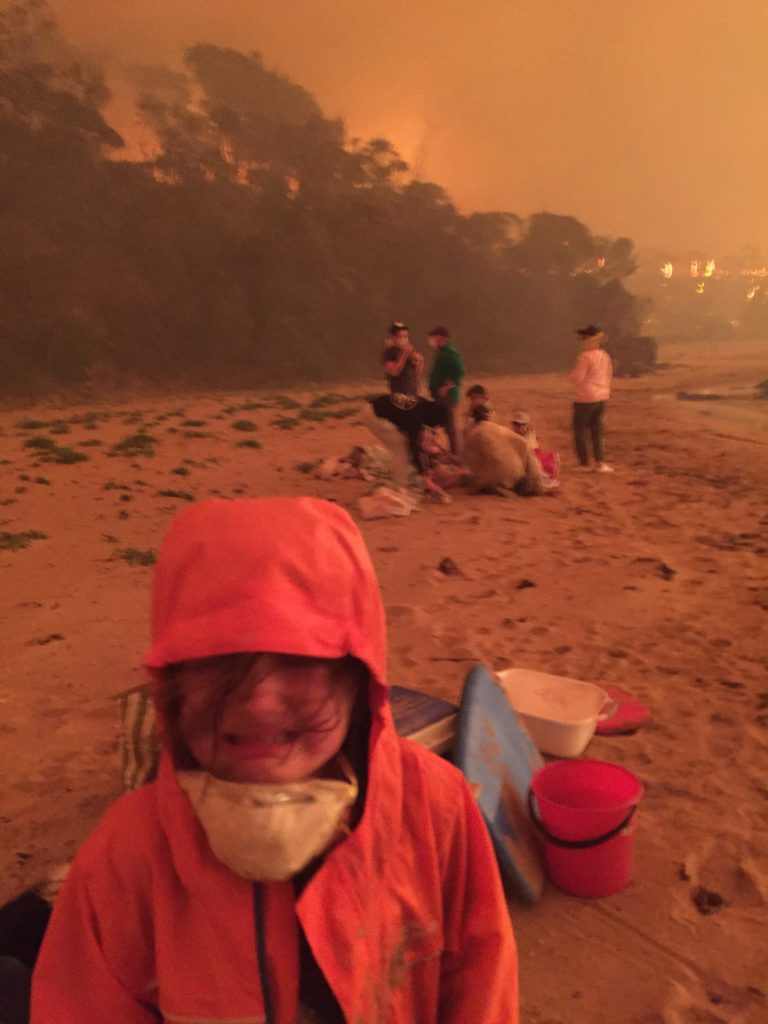Australia’s new 2035 climate target has sparked debate, with warnings that Central Coast communities are among the most exposed to worsening climate impacts.
The Federal Government last week committed to reducing national emissions by 62–70% by 2035, a target Prime Minister Anthony Albanese is due to present at the United Nations this week.
The release coincided with the National Climate Risk Assessment (NCRA), commissioned by the Federal Government, which identified sea level rise and increased coastal hazards as major threats for NSW, alongside risks from changes to the East Australia Current.
A separate report, At Our Front Door by the Climate Council and Climate Valuation, ranked the federal electorates of Robertson and Dobell — covering Gosford, Terrigal, Woy Woy, Bateau Bay, Tuggerah and The Entrance — in the top 10 nationally for homes at high risk of becoming uninsurable.
Parents for Climate co-founder and Director Suzie Brown said the findings confirmed what many families were worried about.
“The NCRA is scary for anyone to read, but especially parents who are deeply worried about what the future will look like for our kids,” she said.
“We’re surrounded by waterways, low-lying flood areas and bushland.
“The Central Coast is one of the most vulnerable regions in the country.
“Yet our government continues to approve massive fossil fuel projects like the North West Shelf, which alone will emit four billion tonnes of carbon.”
Parents for Climate is a national advocacy group with more than 23,000 members, including those on the Central Coast.
Brown criticised the new target.
“We wanted to see zero emissions by 2035,” she said.

“A weaker target means more fires, floods and danger for our children.”
As far back as 2013, the Intergovernmental Panel on Climate Change (IPPC) said: “Continued emissions of greenhouse gases will cause further warming and changes in all components of the climate system. Limiting climate change will require substantial and sustained reductions of greenhouse gas emissions”.
Federal Member for Robertson, Dr Gordon Reid, said the government’s targets and planning were necessary to address climate risks.
“The NCRA confirms what many Australians already know: floods, heatwaves, bushfires and storms will grow more severe,” he said.

“That’s why the Albanese Government has set ambitious but achievable reduction targets, released Australia’s first National Adaptation Plan, and is producing record renewable electricity.”
Reid said the government must balance emissions reduction with economic growth.
“As the NCRA shows, every effort to limit warming avoids worse scenarios,” he said.
Carbon Brief modelling shows climate interventions take decades before their effects are seen, leaving future generations to bear today’s choices.
The carbon cycle balances carbon between air, land, oceans and rocks, but fossil fuel emissions release it far faster than land and oceans can absorb.
This delay locks in warming.
The Paris Agreement was so long in the making, experts argue that it’s not enough to avoid dangerous climate change; we also need to remove carbon dioxide from the atmosphere.
Ivona Rose




Be the first to comment on "New target not good enough, says Parents for Climate"